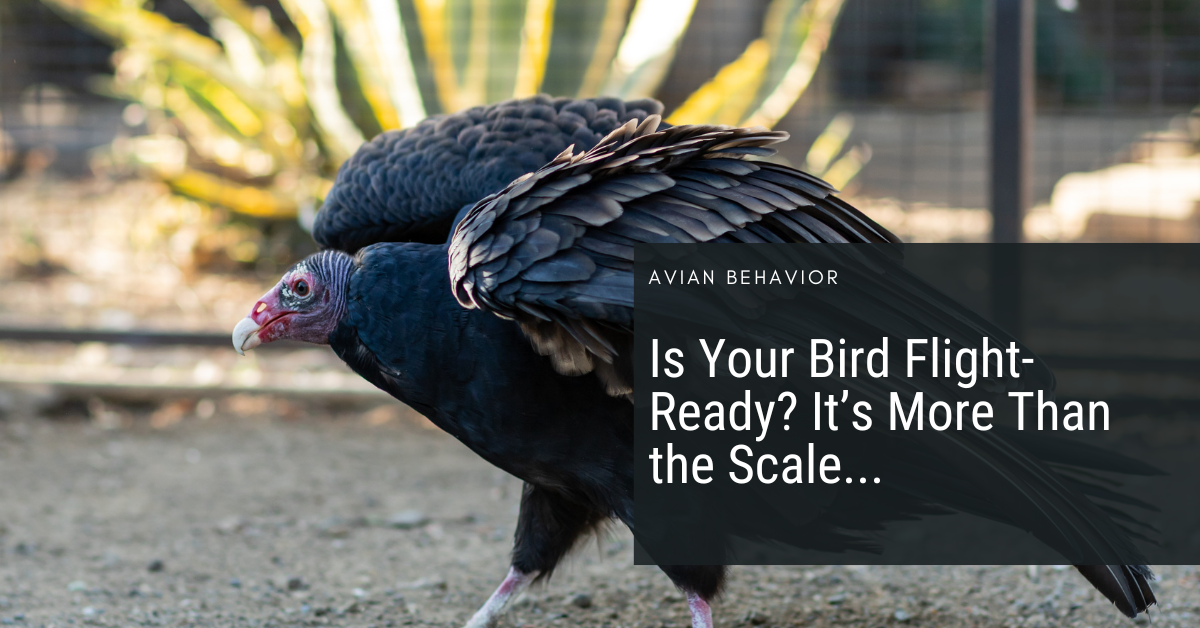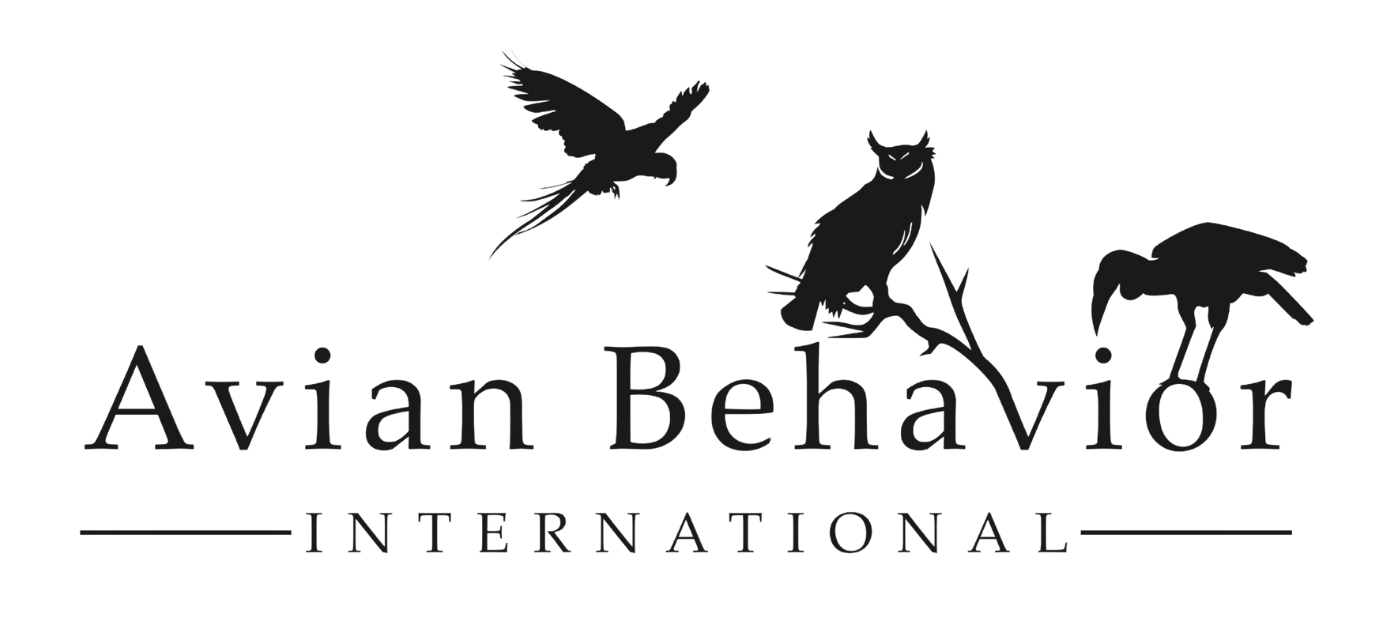
15 Jun Is Your Bird Flight-Ready? It’s More Than the Scale…
When it comes to diet and weight management for birds of prey, the biggest thing to remember is: the number on the scale is just data. It’s not the goal. What we’re really looking at is the trend. Is the bird trending upward? Trending downward? And what is that telling us about their overall well-being, training progress, and readiness to work?
So often people want to pin their bird to a specific number. “She flies great at 875 grams—let’s keep her there.” But the reality is, that’s not how bodies or behavior work. Oakley, for instance, has flown great at 865, 880, even 890 depending on the season, her molt, the weather, and what I’m asking her to do. There’s a whole range that works, and it’s always shifting based on context.
It’s Not About Ideal Weight—It’s About Ideal Performance
Whether I’m working with a Harris hawk or a king vulture, my goal is to have a bird that can fly, molt, and maintain a good body score all at the same time. That’s what success looks like. I check keel scores pretty regularly—probably more than folks realize—just often when I pick up the bird, not as a big production.
Is it subjective? Of course. Keel scoring on a falcon looks different than on an owl, and a Eurasian eagle owl isn’t going to score the same as a barn owl. But when you combine that hands-on assessment with weight, behavior, and historical data, you start to see patterns that matter.
That’s why we track everything—diet, session quality, possible variables (like a loud truck going by), even who was present during the session. It’s not just about one data point; it’s about the full picture.
Why Trendlines Matter More Than Targets
Take Rio, our king vulture. She came to us at 3.2 kilos—an older bird, limited history. We don’t obsess over a magic number. What we do is watch her trendlines. Is she hovering in the mid-3600s? Great. If she jumps or drops unexpectedly, we check: Is it cold at night? Was she crated longer than usual? Did we ask more of her that day?
We plot her behavior ratings alongside her diet and weight, and we ask: what’s consistent, what’s changing, and what’s worth adjusting? It’s not just numbers—it’s a feedback loop.
Skills Determine Flexibility
Some birds, like Oakley or Guinness, have a wide margin. They’ve got experience, they’ve got a toolbox. That means I don’t have to manage them as tightly. If they’re a little up or down, they still know how to handle a fly-off or a weird environmental stimulus.
But birds with low skills and high avoidance or escape behaviors? Those need a narrower range. That’s where more active management comes in.
Not All Calories Are Created Equal
When I take a bird like Huxley offsite for a high-value education program, you better believe he’s getting beef heart or rat—not chick. I want him to associate that job with the best food. I’m not going to ask for big, vulnerable behaviors and then reward him with something low value. That’s a surefire way to break trust.
We use progressive weight management, to support learning. A heavy training day? He gets a heavy meal. The next day, it’s lighter—maybe no session, maybe a low-effort enrichment setup. That way, he stays motivated without us needing to slash calories dramatically.
Weight Change Lags Behind Diet
Here’s something that trips people up: your bird’s metabolism works on a 24-hour cycle, but weight changes show up on a 48-hour cycle. That’s why it’s important that you wait for changes to catch up and also to look for other components besides managing their weights.
Weather, Motivation, and the Spiral of Doom
Weather is always in the mix. Cold snaps might raise metabolism. Heatwaves can make birds sluggish and disinterested in food. We fly in light rain if it’s realistic—because I want birds to be prepared for real-world conditions. But I’m always watching for that line where conditions make it too easy to rehearse unwanted behavior.
That’s the slippery slope: bird is too heavy → bird ignores cue → bird rehearses avoidance → now we need to drop weight just to undo that pattern. That’s the spiral of doom. Better to anticipate it and stay ahead.
Final Thought: Diet Is a Conversation, Not a Command
When we talk about changing weight or adjusting a bird’s food, it’s never one person declaring “cut the diet.” It’s a discussion. We look at what’s coming up—hawk walks, demos, new trainers—and we ask, “What does this bird need to succeed?” And sometimes that means raising the food, not cutting it.
The most important behavior? Creating. If that behavior fails, we’ve got a problem. So whatever else is happening—new setting, new trainer, new expectations—we make sure that going home still pays the most.
Want to dive deeper into weight and your bird’s diet? We have multiple courses covering those subjects inside the Avian Behavior Lab! Join FREE for 2 weeks – use the code AVIAN at checkout and see what all of the buzz is about!

